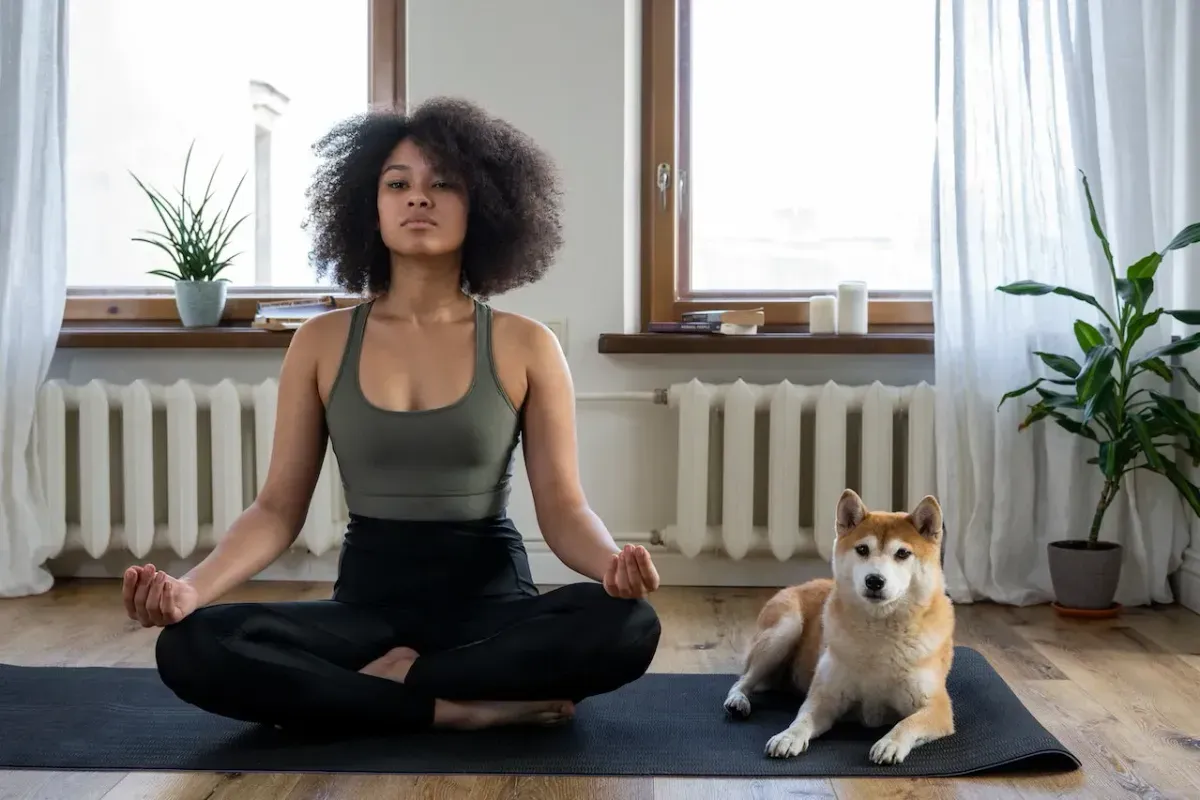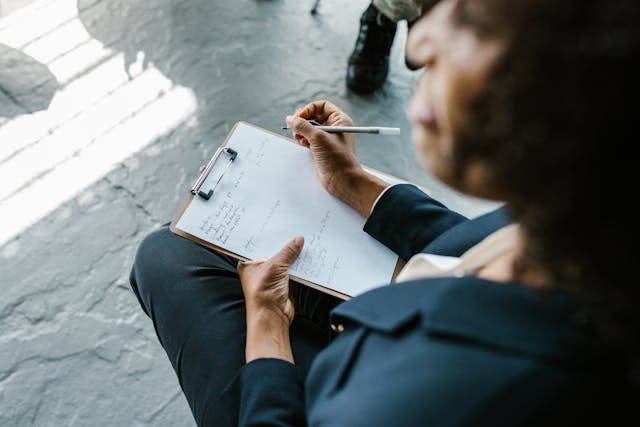
Mindfulness Activities for Adults
Explore 20 mindfulness activities for adults to enhance your clients' mental well-being, reduce stress & improve focus.
Get carepatron free
Commonly asked questions
Some common mindfulness activities include breathing, body scanning, mindful eating, yoga, and mindfulness meditation.
The effectiveness of mindfulness worksheets may vary for each individual. However, commonly used and beneficial worksheets include the Body Scan Worksheet, the Mindful Eating Worksheet, and the Mindful Emotion Observation Worksheet. We have several mindfulness worksheets on our website to try.
While not essential for survival, mindfulness activities for adults can significantly enhance the quality of life. They aid in stress management, improve focus and cognitive abilities, and foster emotional well-being.







